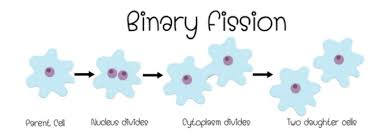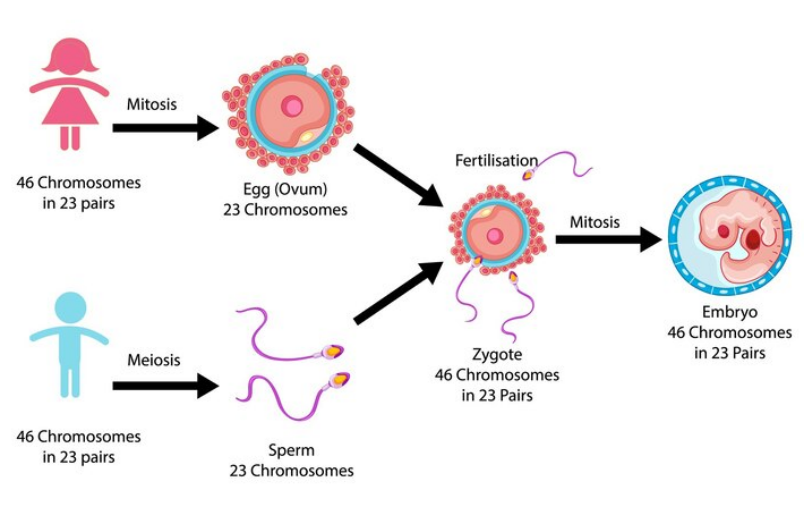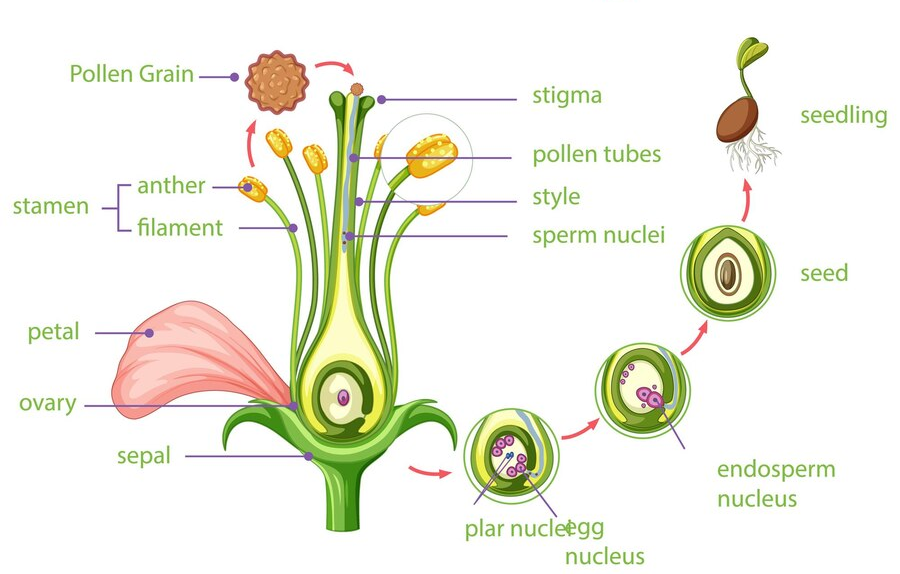Explore the Wonders of Reproduction
Reproduction is one of the most fascinating processes in biology—it is the method by which life perpetuates itself. In simple terms, what is reproduction? It is the process through which organisms produce offspring that are genetically or biologically similar to the parent. This essential mechanism not only ensures the continuity of species but also fuels evolution through genetic variation, especially when considering the types of reproduction available in nature.
What is Reproduction?
At its core, reproduction is the means by which living organisms create new individuals. This process is critical for maintaining species survival and can be broadly divided into two primary categories: asexual reproduction and sexual reproduction. Both methods play significant roles in nature, and each has unique modes of reproduction that can be observed across different life forms.
Types of Reproduction
Asexual Reproduction
Asexual reproduction involves a single organism giving rise to a new individual without the fusion of gametes. This method produces offspring that are virtually identical to the parent, making it a quick but less genetically diverse process. Here are some common modes of reproduction under the asexual category:
Binary Fission: In this process, a cell divides into two identical cells, each containing a copy of the parent’s DNA. Example of reproduction: Amoeba splitting into two.

Budding: A small outgrowth, or bud, forms on the parent and eventually detaches to live independently. Example of reproduction: Hydra.
Fragmentation: The parent organism breaks into multiple fragments, each capable of growing into a new organism. Example of reproduction: Planaria.
Sporogenesis: New organisms develop from spores, which are produced without fertilisation and can be dispersed by wind or animals.
While asexual reproduction is efficient and allows for rapid population increase, its major drawback is the limited genetic diversity, which can reduce adaptability in changing environments.
Sexual Reproduction
Sexual reproduction requires the involvement of two distinct gametes—male and female—which combine to produce offspring with a unique genetic makeup. This method is more complex and slower than asexual reproduction, but it introduces genetic diversity, crucial for adaptation and evolution. In this context, what is reproduction? It is a dynamic process that not only ensures species survival but also fosters variation and resilience among populations.

In Plants
Plants exhibit both asexual and sexual reproduction. Vegetative reproduction—a form of asexual reproduction—occurs when plant parts such as roots, tubers, or stems develop into new individuals. Sexual reproduction in plants happens through pollination, where pollen from the male part (anther) is transferred to the female part (stigma). Additionally, some plants undergo apomixis, producing seeds without fertilisation.

In Animals
Animals primarily reproduce sexually, though a few species are capable of asexual reproduction through methods like budding or fragmentation. In sexual reproduction among animals, fertilisation can occur either externally—where gametes meet outside the body—or internally, with fertilisation taking place inside the female’s body. Each mode of reproduction contributes to the diversity and adaptability of animal species.
The Genetic Impact of Reproduction
One fascinating aspect of sexual reproduction is the phenomenon of genetic recombination. During the formation of gametes, DNA strands mix and match, creating novel genetic combinations. This process is crucial for evolution and natural selection, allowing species to adapt to new challenges such as climate change and emerging diseases.
Environmental Influences on Reproduction
Environmental conditions play a pivotal role in determining the modes of reproduction an organism might adopt. For instance, in harsh or unstable environments, asexual reproduction may be favoured due to its speed and efficiency, despite its lower genetic variability. Conversely, in stable environments, sexual reproduction might be more prevalent to maximise adaptability and long-term survival.
Real-World Applications
Understanding what is reproduction is not just an academic exercise—it has practical applications in several fields:
Agriculture: Techniques such as grafting and vegetative propagation are used to produce consistent, high-yield crops.
Medicine: Research into cellular reproduction informs cancer studies and regenerative medicine.
Conservation Biology: Knowledge of reproductive strategies helps in breeding programmes for endangered species, ensuring genetic diversity and population recovery.
Biotechnology: Reproduction methods are harnessed in genetic engineering to develop organisms with desirable traits.
Fun Facts about Reproduction
Ancient Life: Some of the earliest forms of life on Earth reproduced asexually, paving the way for the diverse life forms we see today.
Size Doesn’t Matter: Despite their simplicity, organisms like bacteria can reproduce rapidly through binary fission, leading to exponential population growth.
The Power of Diversity: Sexual reproduction is nature’s way of ensuring species have a robust genetic toolkit, which is why biodiversity is key to the resilience of ecosystems.


FAQs on Understanding Reproduction: The Basis of Life Continuity
1. What is reproduction?
Reproduction is the biological process by which organisms produce offspring, ensuring the survival and continuity of species.
2. What are the types of reproduction?
The two main types of reproduction are asexual reproduction and sexual reproduction, each with distinct modes of reproduction.
3. Can you give an example of reproduction?
A classic example of reproduction is binary fission in amoebae, where the organism splits into two identical cells.
4. How does asexual reproduction work?
Asexual reproduction involves a single organism dividing to produce genetically identical offspring, as seen in budding and fragmentation.
5. What is the difference between sexual and asexual reproduction?
Sexual reproduction involves two gametes fusing to create genetically diverse offspring, whereas asexual reproduction does not involve gamete fusion and produces identical offspring.
6. Why is genetic diversity important?
Genetic diversity, achieved through sexual reproduction, enhances a species’ ability to adapt to environmental changes and resist diseases.
7. What modes of reproduction do plants use?
Plants reproduce asexually via vegetative propagation and sexually through pollination, with some using apomixis to produce seeds without fertilisation.
8. How do animals reproduce sexually?
Animals can reproduce sexually through internal or external fertilisation, where the male and female gametes combine to form offspring.
9. What environmental factors influence reproduction?
Factors such as temperature, availability of nutrients, and habitat stability can influence whether an organism adopts asexual or sexual reproduction.
10. How does reproduction impact evolution?
Reproduction, particularly sexual reproduction, introduces genetic variation, which is the foundation of evolution and natural selection.










